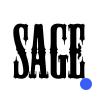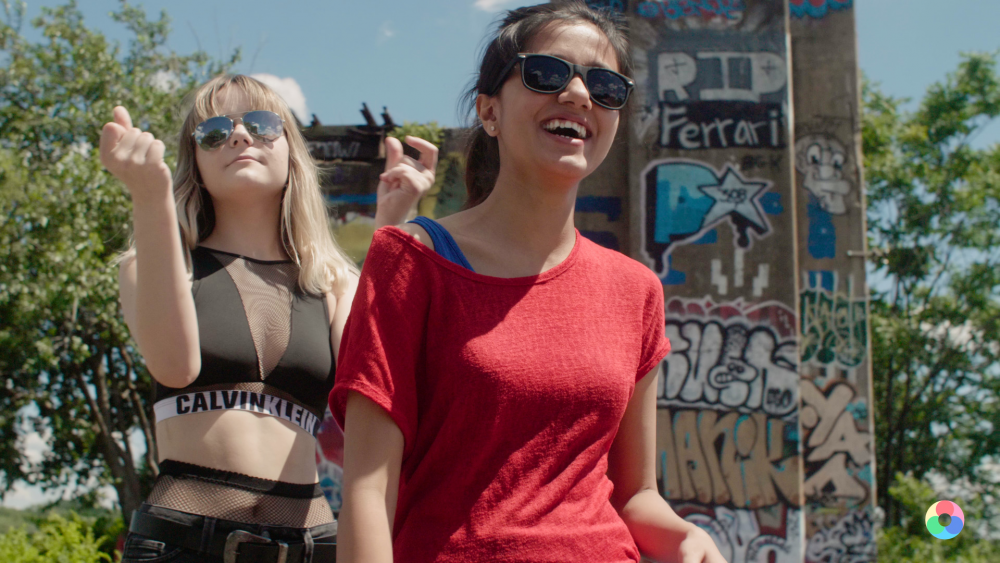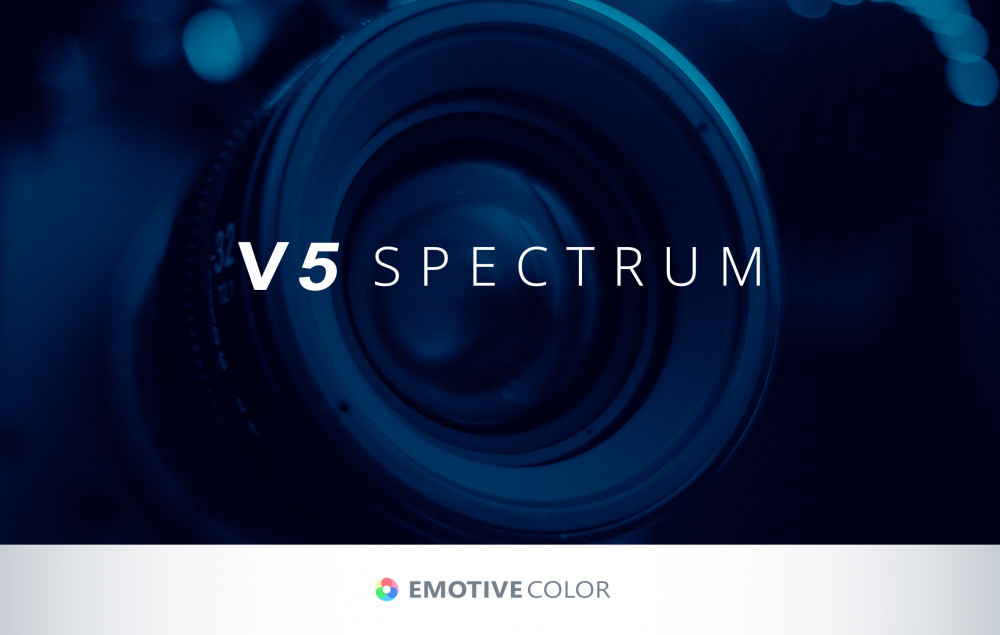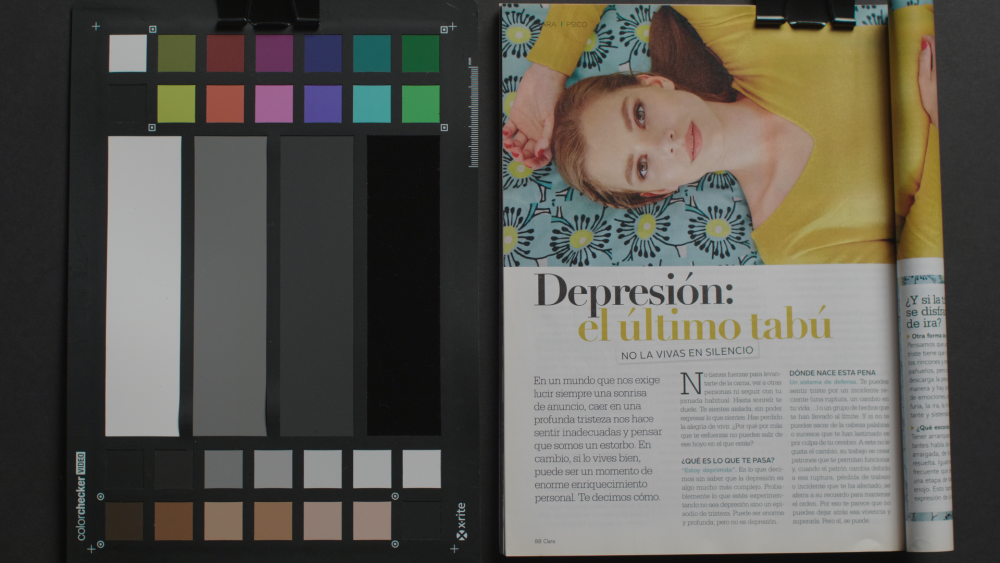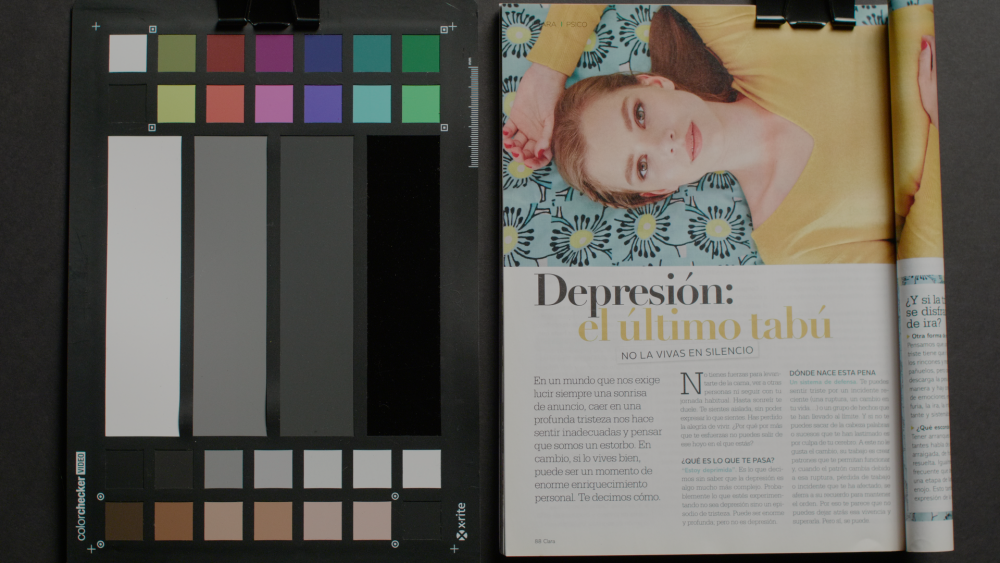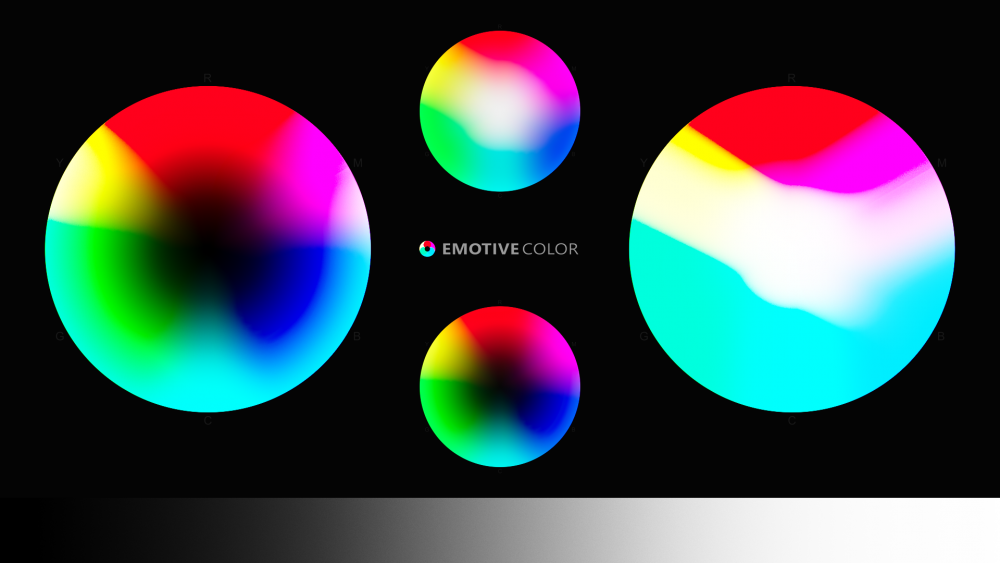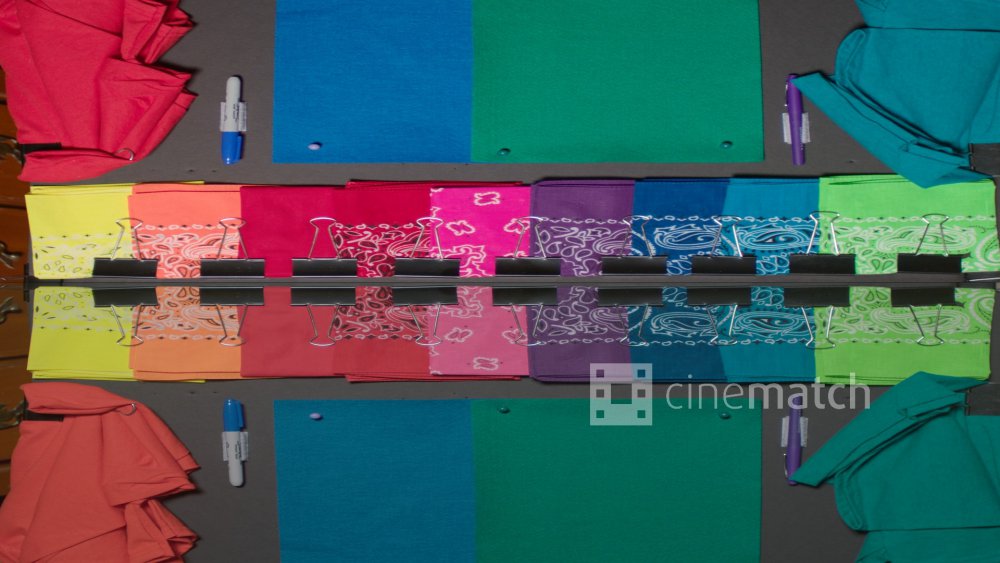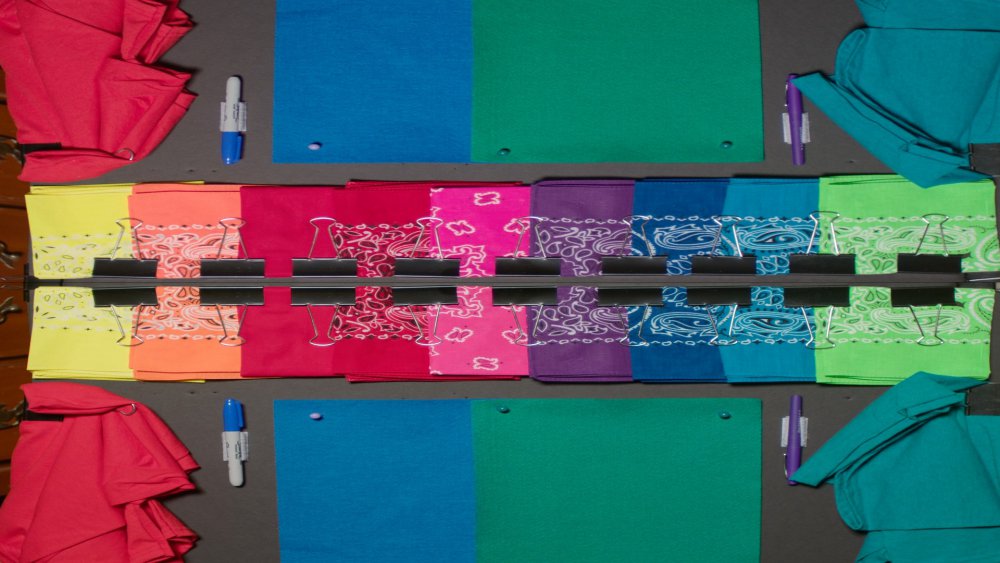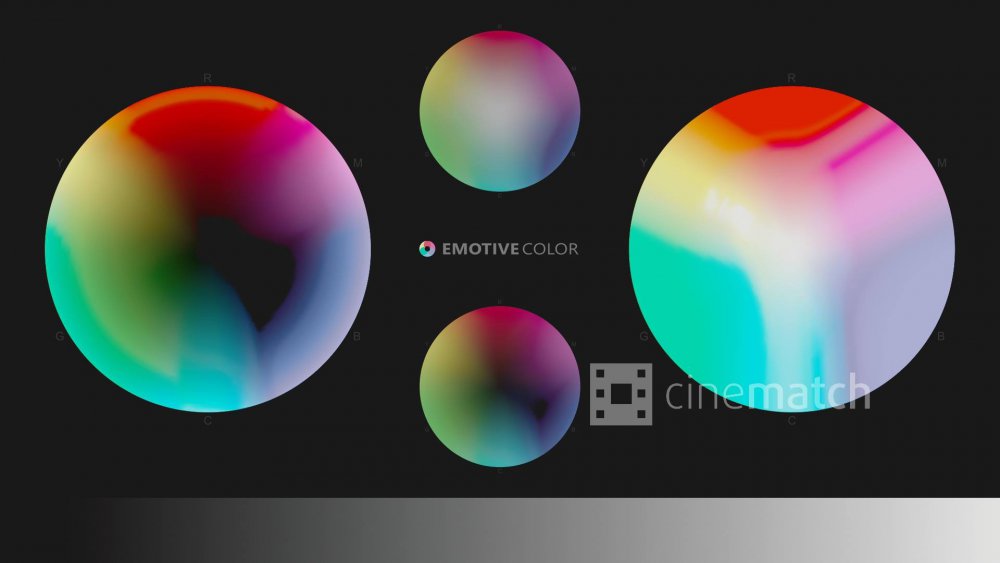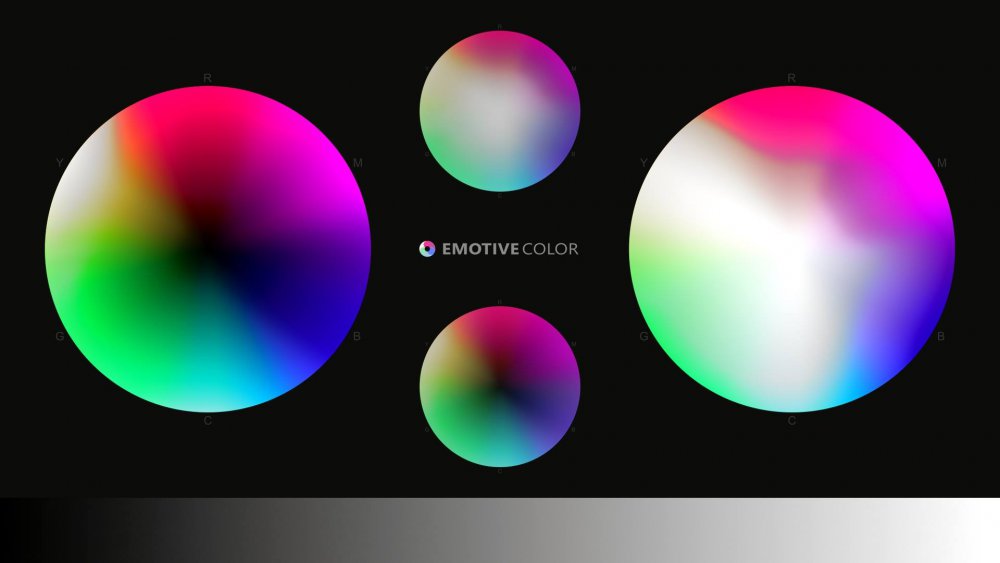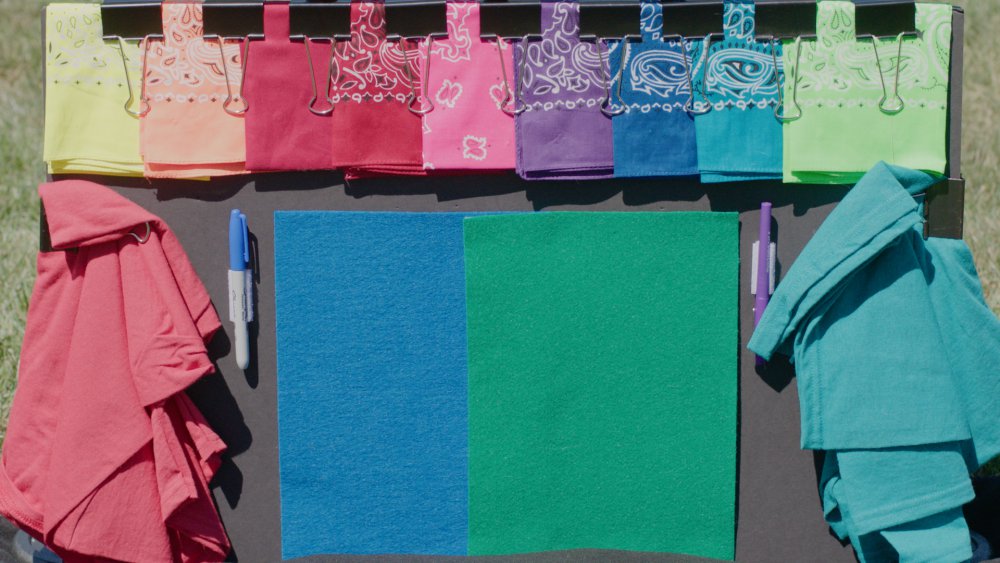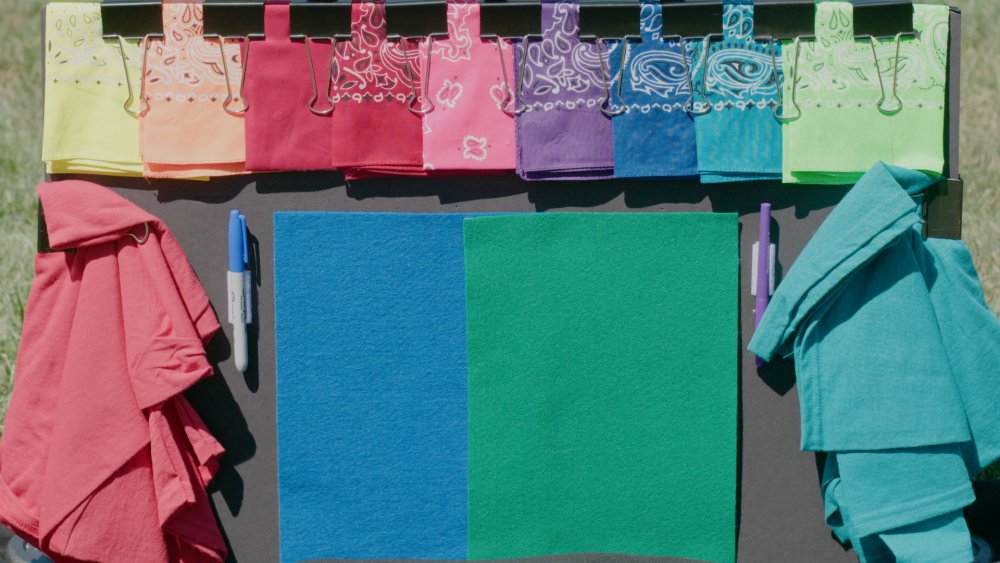-
Posts
659 -
Joined
-
Last visited
Content Type
Profiles
Forums
Articles
Everything posted by Sage
-
That's a good idea. The Pdf can be a lot to take in for the uninitiated 🙂 With anamorphic, I've wanted to experiment with that for a long time, but have stayed spherical for the time being. I think there are some good complete m4/3 anamorphics now that aren't too expensive (relative to most).
-
Really nice Parker. What anamorphics do you use? I'm now working on a software that will integrate all steps (WB, Exp, ABL etc) to vastly simplify the workflow (and make other things possible)
-
Emotive Color V5 'SPECTRUM' The V5 'Spectrum' update is ready. The V5 emails are going out now (let me know if you haven't received it). It is the culmination of four years of engine development, and I hope you enjoy! Emotive Color Component ('EC709') EC709 component (Full/Theatrical) rebuilt with new engine, allowing accurate, uniform far gamut projection of Arri display table Arri Rec.2020 now used as the color target (projected within EC709 envelope); results in deeper saturated red and blue that are otherwise clipped in Arri's Rec.709 High Scale is now Full Scale (unlabeled); a direct replacement for LogC+Rec709, with notable advantages (aesthetics and gamut preservation) New Classic 'Soft' and 'Hype' variations (like V3-era 'Soft' and 'Main') Refined natural saturation model Core LogC Fully realized uniform far gamut projection from known lower saturation samples (solves issue that caused saturated orange to twist towards red) New rolloff math; allows grayscale reconciliation of high saturation brightness values (only available for interpolated .cubes; not achievable in Matrix) Added final, fourth calculation pass (post-smoothing), which allows absolute accuracy to known sample points in final render (while retaining smoothness) Corrected an issue that allowed smoothing algorithm to clash with a 'safety lock' on grayscale hue, that could result in red-green banding near the grayscale (especially with 33x under Trilinear Interpolation); now fully smooth regardless of grayscale Misc. New Ceiling Modifier [POST] files; allows variable highlight compression New 'Natural' profile [PRE] for GH5 (shares settings with Cine-D: -5 Sat, 200 Iso) Remade all PREs (picture profiles / exposures) Revised Pdf; Important: DaVinci Resolve - Enable 'Tetrahedral Interpolation' under Project Settings > Color Management > Lookup Tables (allows 65x performance with 33x cubes; complete gradient smoothness - FCPX has this as default) Remade Premiere PREs with new measurements (to reflect 2021 Premiere's improved codec color); no 8-bit VLog or Cine-D PREs needed Significant revision to Premiere Pdf guide; Advanced layering section is no longer relevant, use Lumetri's luma curve (improved significantly) Gradient Test is now 16-bit png (compatible with Premiere) rather than tif Entire Matrix PowerGrade now printed directly from the engine (complete reverse-engineering of .drx format): Precise values entered directly into the curve interfaces, at maximal point density Improved engine gamma accuracy enables significantly improved base matrices New LogC Exposures feature (true exposure gammas extracted from sample data) New 4200K PowerGrade variant If you have any videos or stills you've made that you can share, I'd love to see them! -Alex
-
Working on it at this very moment (and a raft of updates simultaneously). Its a generational shift rolled in. I rewrote all code since the last 4.2 update; it's been a very technical winter 🙂
-
It's a good question; I don't recall there being the same flagging issue. I am in the midst of going back through all cameras for a new update, and I'll test this. The key is, does the LogC variant place black level at 8 Ire, or notably lower (should sit at 8 )
-
From what I've seen, ProRes Raw is slightly different. I'm planning to get a newer Raw recorder to see if a Pre is warranted, but I think it is usable.
-
For thoroughly tested LongGOP that maintains complete functionality with pristine imaging, I would highly recommend LPowell's FlowMotion v2. He really did top notch work there.
-
It does have Gen 5 support - I will be revisiting all G5 profiles after release to be sure that they are in line with the latest from BMD (along with a few other adjustments)
-
Interesting; what comes to mind is that the latest files allow projection below zero. This only happens in theoretical space (i.e. below legal LogC / VLog), and projects sans clipping (an offset immediately after can bring sub-zero data into view). This area shouldn't be encountered in real footage, so it may be the higher Isos which change the lower data range (S1a is optimized for VLog 640 Iso, 100 Cine-D, 400 HLG). Also, luma grade maneuvers in advance of the Pre/conversion is another way to bring this range into view. I used to have an artificial rolloff to 0 black for theoretical black projection, but this caused problems downstream, so I removed that cap with the latest files. For noise, increased color separation will amplify noise, despite completely smooth tetra interpolation, if the footage has noise macroblocks. Higher bitrate codecs and lower Iso is optimal for clean imaging. Can you send me .tifs of the raw footage to noodle around with?
-
And to you all - here's to a healthy '21!
-
@Attila Bakos Very cool, I was on a 3770k; I switched to Ryzen last year for this very purpose. Now I'd like to swap out to one of the newest Ryzens, but they are sold out everywhere. I'm doing something atm wherein I throw enormous amounts of data in, and the renders can easily go upwards of an hour at 100% cpu. My data files are usually around 1Mb per each; these are going upwards of 50Mb atm @zerocool22 CST is a versatile tool that allows whitepaper transforms between any two spaces. These are the manufacturer specified color spaces. Emotive is a measured conversion between two cameras (or profiles etc), such that it factors in sensor response to a light source and internal camera processing (of WB, profile, etc). Emotive has simulations of sensor LogC solely using Resolve color tools (sans CST) called Matrix. Both the interpolated conversions (with Tetrahedral interpolation enabled) and the Matrix LogC simulations are non-destructive, while Arri's Rec709 (that can be added to Matrix LogC) is partly destructive (of extreme Led gamut). CST can be either destructive or non-destructive, depending on the transform specified and relevant gamut. CST + Arri 709: Emotive Color
-
It must be pre-baked data sets of some sort ('assemble on site'). What Cpu are you rockin'? Yes, with default settings, except set to DR400 (for photos), FLog is preferable for widest gamut
-
I gave it a spin a few weeks ago; sometimes it works decently, and sometimes less so. Here's a comparison of GH5 and Arri, as well as their gradient charts:
-
Not yet - I've been on an experimental binge for the last month (not pertaining to the Alex conversions), and I've had a major breakthrough there. But that update will be releasing for sure!
-
Looks like a failure at the encryption stage (this rarely happens, a lot of heavy lifting on the back end). Download it once more and all the files should be present. Let me know how it goes!
-
My sister may be getting one, so I'll give it a look. The ideal would be an app to record directly to LogC sans sharpening/processing etc. I've only dabbled in Xcode though. I've also got some neat experiments I am going to delve into this winter.
-
It reminded me exactly of the Canary Islands
-
@austinchimp Flipping between them, it is quite a pleasing improvement! Where is that location?
-
@Emanuel Thank you! I'll take a close look. Up next, I intend to do some side experiments that I've been waiting forever to try out : )
-
@jack jin Feel free to send an email with the dpxs @Emanuel I was concerned with the news of the R5 overheating; I haven't followed the latest, but if viable (via firmware update perhaps) it could be done @Victor With the new cameras, the side by sides with the Arri are added to the back of the Match Gallery; the other camera examples (especially using v4.2/3) are a very good indication of how it will work on the new (universal space) @austinchimp Indeed, it was quite impressive. I believe he mostly used GHa Tungsten Soft (V3 era). Each new camera is a separate thing (that's where the work comes in), though updates are at no cost. What's your email? Regarding Soft: its going to be returning in an update soon - in new form.
-
@Emanuel I had heard that it was to use the GH5S sensor. If so, there is a reasonable chance that the color will be the same. If not, then it could be measured. I didn't know about the Osmo, but it is something that could be explored. There were some cool experiments I wanted to mess around with, so a deep dive may be warranted there next. @HockeyFan12 Very cool, I haven't read that one yet. I did notice S1 moire on saturated fabrics, and in that moment felt the value of the S1H. Here are the S1 fabrics compared to the Alexa: S1 Alexa
-
@jack jin Indeed, if it was Day used for tungsten or artificial light, that would explain it. In his case, he has GHa-S, so I think he is referring to the S1 variant
-
@austinchimp The way GHa deviates on the S1 feels oddly earthy and 'filmy'. S1a restores that Arri vibrant technicolor quality (1:1 to the other measured LogCs). With each new camera, I add side by sides to the Match gallery. I had the S1 on loan, but I'm considering the S1H, because its quite a good camera (Intra, 180 deg, Olpf are vital in for me) This is a really cool video sent to me by Tom C, of GHa Density on the S5 that I was impressed with: @mirekti Can you send me an email with dpx(s) of the raw? It should match GHa-S on the GH5S (assuming same optics/settings and neutral WB/reference light source) @HockeyFan12 It makes sense now why they retired that one.. I suppose they calculated a matrix with a single triad and put it out there (film is quite non linear to boot)
-
I found the Arri film matrix numbers, and used the Matrix drx printer code to inject them into DaVinci. I'm not sure what to make of it.. it is a lot more saturated for sure. Here are the numbers and the lut/powergrade: 1.271103 -0.284279 0.013176 -0.127165 1.436429 -0.309264 -0.129927 -0.510286 1.640214 Arri Film Matrix Download It lives! The Sony a7s III conversion is now complete as well.


